By OLIVER WEBB
By OLIVER WEBB
Images courtesy of Béatrice Bauwens, except where noted.
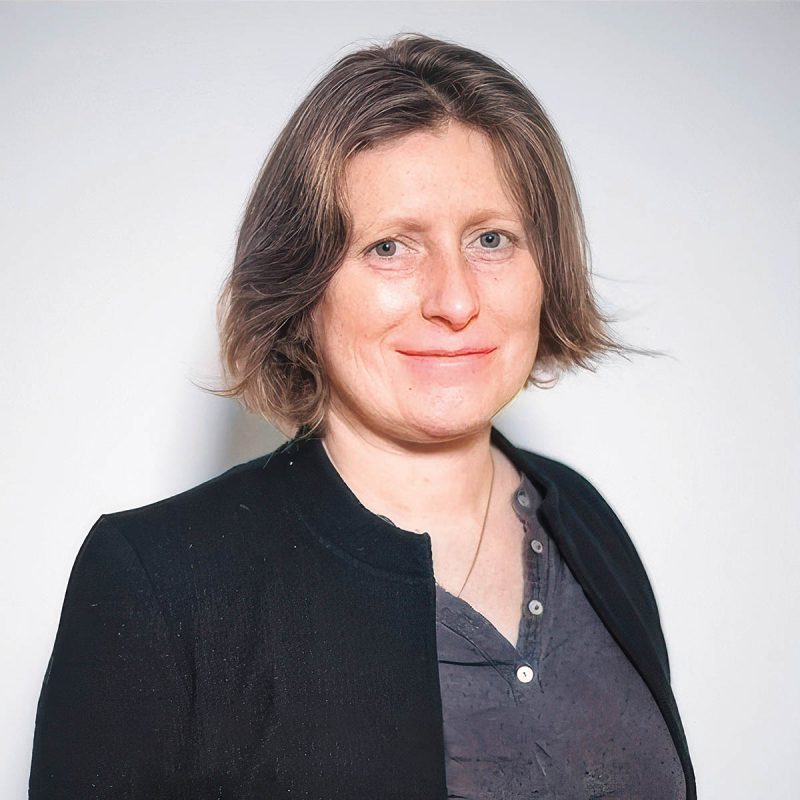
Béatrice Bauwens was born and raised in Tourcoing near Lille in the North of France where her parents were teachers. “I studied first at Lille University of Science and Technology,” Bauwens begins. “At that time, I wanted to be a sound engineer, and I always loved science. Music was also in my background. Back then, there were very few places offering a dedicated education in the subject [of sound engineering]. I studied electronics, then with a specialization in Image and Sound at Université de Bretagne Occidentale in Brittany, and the world of images opened up to me. I discovered editing and computer graphics. I had a few courses in POV-Ray, Autodesk 3ds Max and coding during those university years. My career as a sound engineer ended there, as I was discovering these new fields with images and collaborative projects. Then I took a last Masters year in production back in the north of France at Université Polytechnique Hauts-de-France in Valenciennes.”
Bauwens’ first break came during her studies where a documentary project required generating a car in CGI, with the compositing directly done in the editorial software Media 100. “It was really a self-discovery with no real teaching about the art at all, and that’s it,” Bauwens says. “When I began working, my first experience was as a technician/production assistant for a documentary producer, more on the edit side. VFX was not something that was of interest. I was involved with the editorial and tape dubbing. Then, I moved to Mikros Animation in 2002, and it’s really where I discovered the ‘real’ visual effects. I was a technical assistant in the CGI department of Mikros; CGI to video transfer, rendering watching, digital archiving, IO and linking with editorial. I have never been a graphist, but I’ve always worked with them side by side.” The visual effects part of Mikros for film and episodic changed its name in 2020.
“After technical years in Mikros,” Bauwens continues, “I moved to the production department as VFX coordinator, then VFX producer. Those roles are very project-oriented.” Bauwens served as Visual Effects Producer on the 2012 film Rust and Bone, “an amazing experience with Cédric Fayolle, who was the VFX Supervisor and my colleague at the time. I was a VFX producer for Mikros then. It was a very challenging project, working for the first time for such a talented filmmaker, Jacques Audiard. It involved a lot of shots, the Cannes deadline, a diversity of techniques – 3D, 2D fix and practical – and the liberty with camera movement that was given to the director. Creatively, one challenging part was the animation of Marion Cotillard’s prosthesis when she arrives at the nightclub. The way she walks is telling something about her mindset, and the way to animate the prosthesis that was replacing her real legs needed to express that. Unfortunately, the film didn’t get the Palme d’Or at Cannes, but we were nominated for the VES Award for Outstanding Supporting Visual Effects in a Feature Motion Picture. We didn’t win, but it was quite an experience being in Los Angeles for our work on a feature film.”
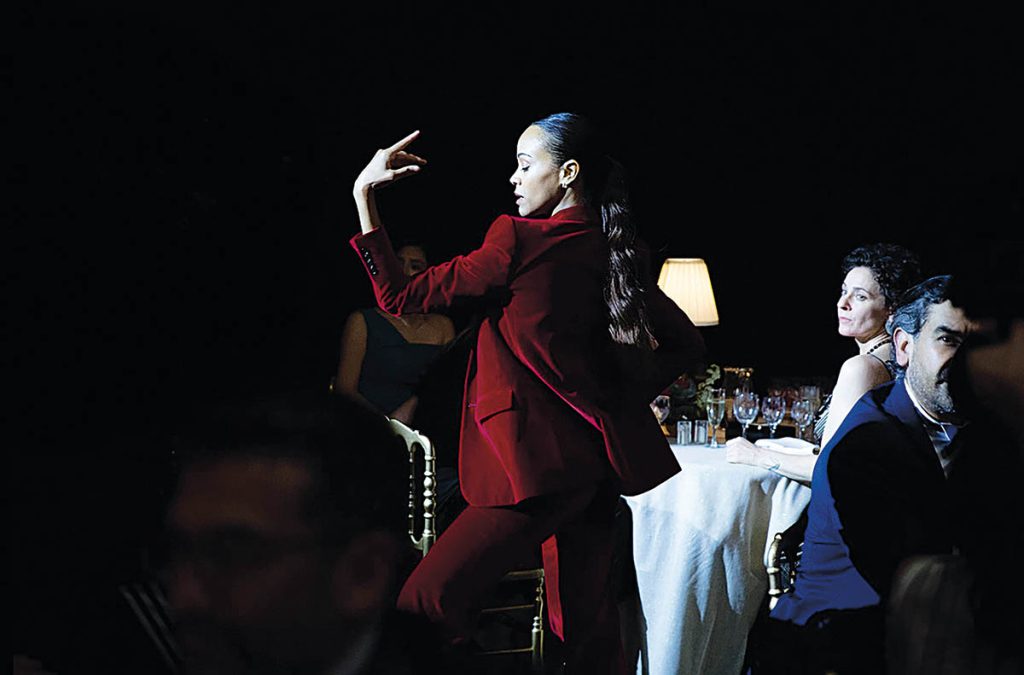
“It’s true that the French film industry may look a little bit shy about the use of VFX. However, it’s definitely changing. Some very ambitious projects in terms of VFX were recently made. … The ongoing evolution of the tools allows new possibilities to be offered to the filmmaker and producer, pushing the limits of our craft again. At the end of the day, it is about how to make the trick help the story.”
—Béatrice Bauwens, Head of Studio, MPC Paris
In 2022, Mikros merged with MPC and Bauwens became Head of Studio for MPC Paris. In February, the Technicolor Group collapsed, sinking MPC – but not everywhere. “Depending on our location, the outcome is very different,” Bauwens remarks. In April, New York-based TransPerfect, a leading global provider of language and AI solutions for business, acquired France-based MPC and The Mill. Beuwens continues in her leadership role at MPC Paris and joins the senior management team of TransPerfect Media. “I’m still in charge of MPC’s activities in France – post and VFX – and in Belgium,” Bauwens states. “The MPC banner is still used for our operations in France.”
When it comes to MPC selecting projects, Bauwens explains it’s mostly the other way around; it comes down to which projects select MPC. “Especially in Paris, thanks to our history with the French cinema, there is definitely not one type of project that we are working on. The diversity of our projects reflects this. For example, we’ve been involved with Justine Triet’s Anatomy of a Fall, which is definitely not highly intensive with VFX, and Under Paris, directed by Xavier Gens. It’s really often a question of trust – trust that MPC will bring its expertise and solutions to help deliver the project to its ultimate goal: telling a story.”
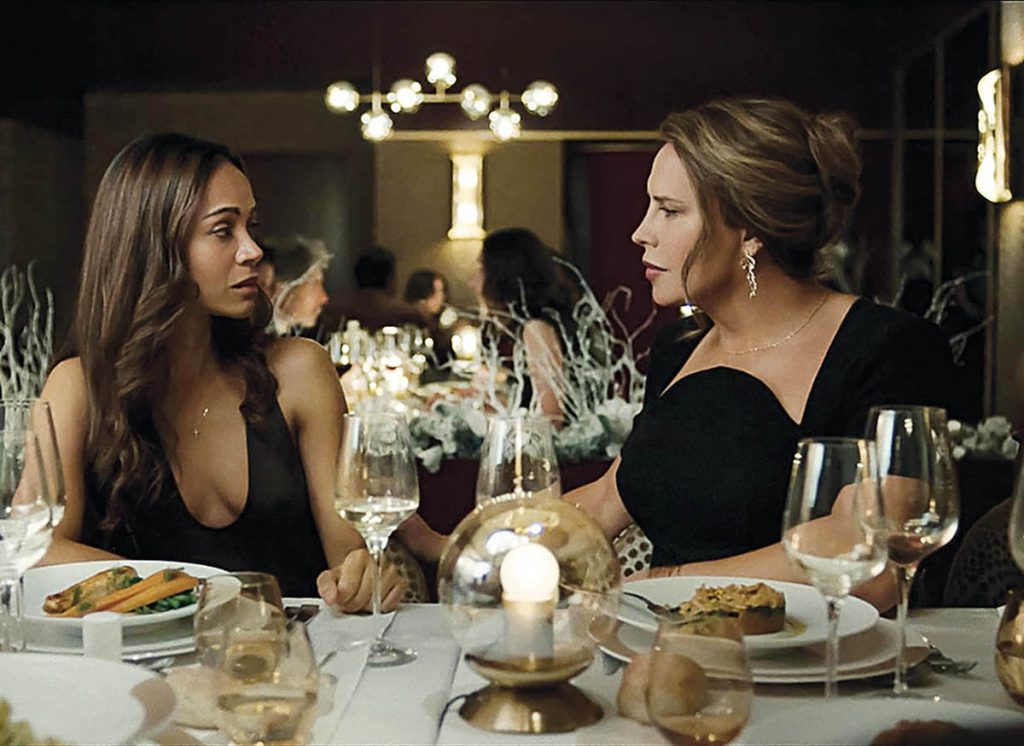
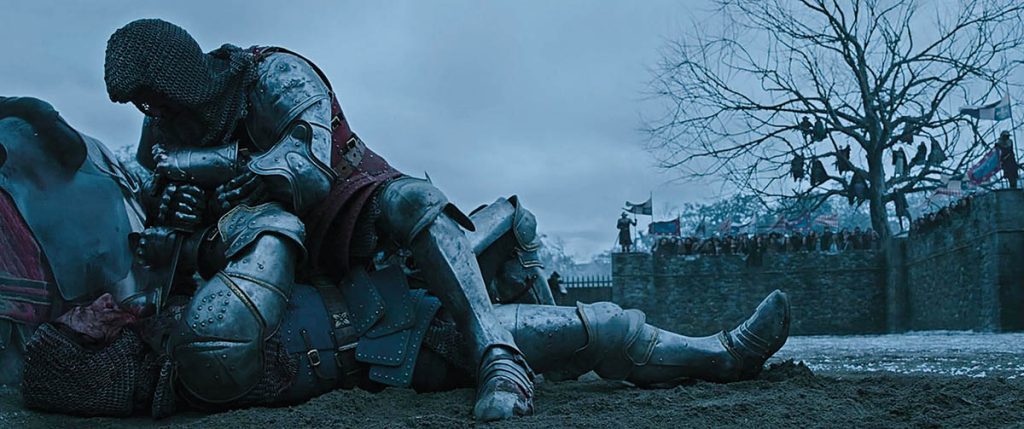
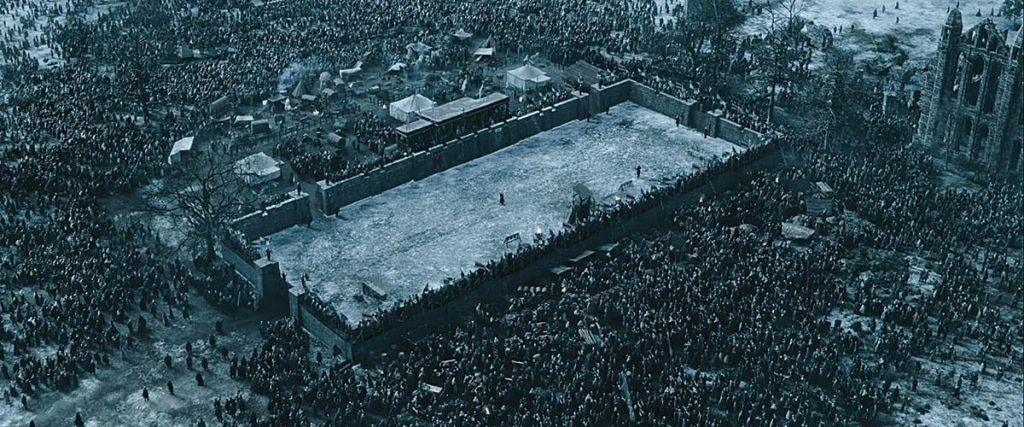
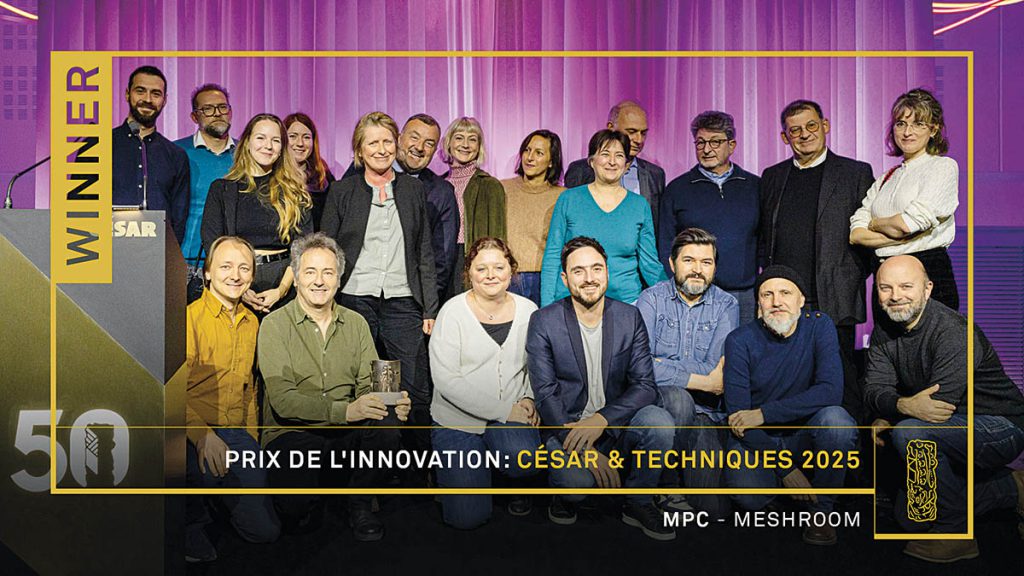
When it comes to choosing a favorite VFX shot from her career, Bauwens doesn’t single one out in particular. “One thing I know that is unique to VFX is, per show, there is always one shot that is a challenge; it may not be the most difficult one, but it will last until the end, bringing a specific difficulty, and you know when delivered, the rest of the shots are going to go well. It’s the shot that you may remember the name, like ‘070_020’, for years. And when you see the movie at the end, it goes so fast. All the work, all the worries for shots that last only a few seconds. I guess it is very specific to our VFX world where days, even months can be spent with one open shot. It’s such a different experience than being on set where, at the end of the day, you know you have filmed.”
One project, however, that Bauwens is particularly proud of is Ridley Scott’s The Last Duel. “Ridley Scott was a big step,” Bauwens acknowledges. “I wasn’t directly on the film. The VFX Producer was Kristina Prilukova. I was Head of Studio and this film would determine our future in Paris in the international landscape. Part of the work was done in MPC Montreal, and in Paris we did environments, FX and crowd work. It was one of the very first projects that triggered the 40% tax rebate bonus in France by having more than €2m of VFX in Paris. We weren’t allowed to fail. Working with Ridley Scott for our team in France was like a life goal. I think about Christophe ‘Tchook’ Courgeau, the wonderful [MPC] Head of Environment in Paris, building the Notre-Dame Cathedral in the Middle Ages for the one director who inspired him to work in this industry and visual effects. As a team in the studio, we were very proud of being part of the movie.”
Bauwens also serves as Co-Chair of France VFX. “France VFX is a trade association with 24 companies in France that are related to VFX. I co-chair this organization with Olivier Emery [Founder, CEO and VFX Producer at Trimaran]. France VFX aims to support and promote the French VFX industry. The diversity of the group that constitutes France VFX represents the diversity of our industry in France. Through this association, we can better defend the interests of the industry at national and international levels. It also allows us to promote our savoir faire to other industry associations that represent DOPs and producers. It shows that there is a strong ecosystem for VFX in France.”
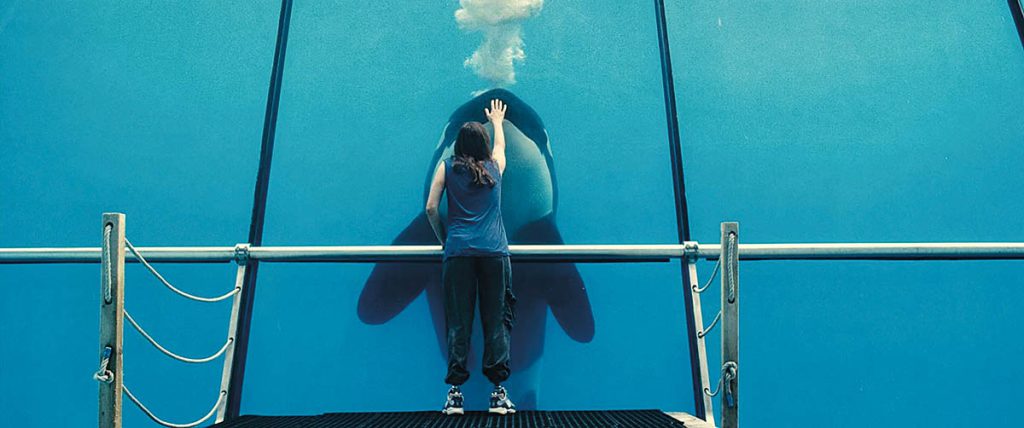
“[W]hen you see the movie at the end, it goes so fast. All the work, all the worries for shots that last a few seconds. I guess it is very specific to our VFX world where days, even months can be spent with one open shot. It’s such a different experience than being on set where, at the end of the day, you know you have filmed.”
—Béatrice Bauwens, Head of Studio, MPC Paris
Bauwens is optimistic about the future of visual effects in the French film industry. “It’s true that the French film industry may look a little bit shy about the use of VFX. However, it’s definitely changing. Some very ambitious projects in terms of VFX were recently made. Le Comte de Monte-Cristo is one good example; it was received by audiences with great success. There is also an interesting evolution of the ‘film de genre’ with films like The Substance and The Animal Kingdom [Le règne animal] where the visual effects make the story possible. The ongoing evolution of the tools allows new possibilities to be offered to the filmmaker and producer, pushing the limits of our craft again. At the end of the day, it is about how to make the trick help the story.”
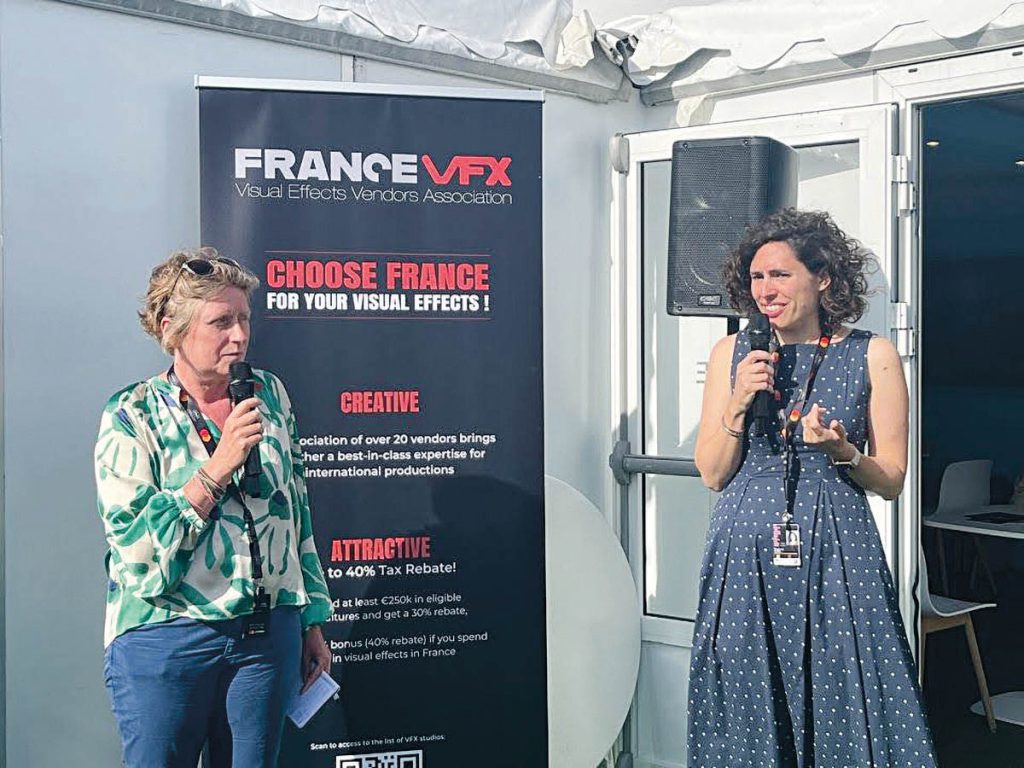
Concludes Bauwens, “Georges Méliès was one of the first pioneers of visual effects. There are many factors in the French film environment that are beneficial to reinventing our craft again – the schools, the intermittent social status for artists, the ecosystem of companies that have existed for a long time and the new ones, too. France is now more a part of the global industry. These are all positive signs for the future of VFX in France.”